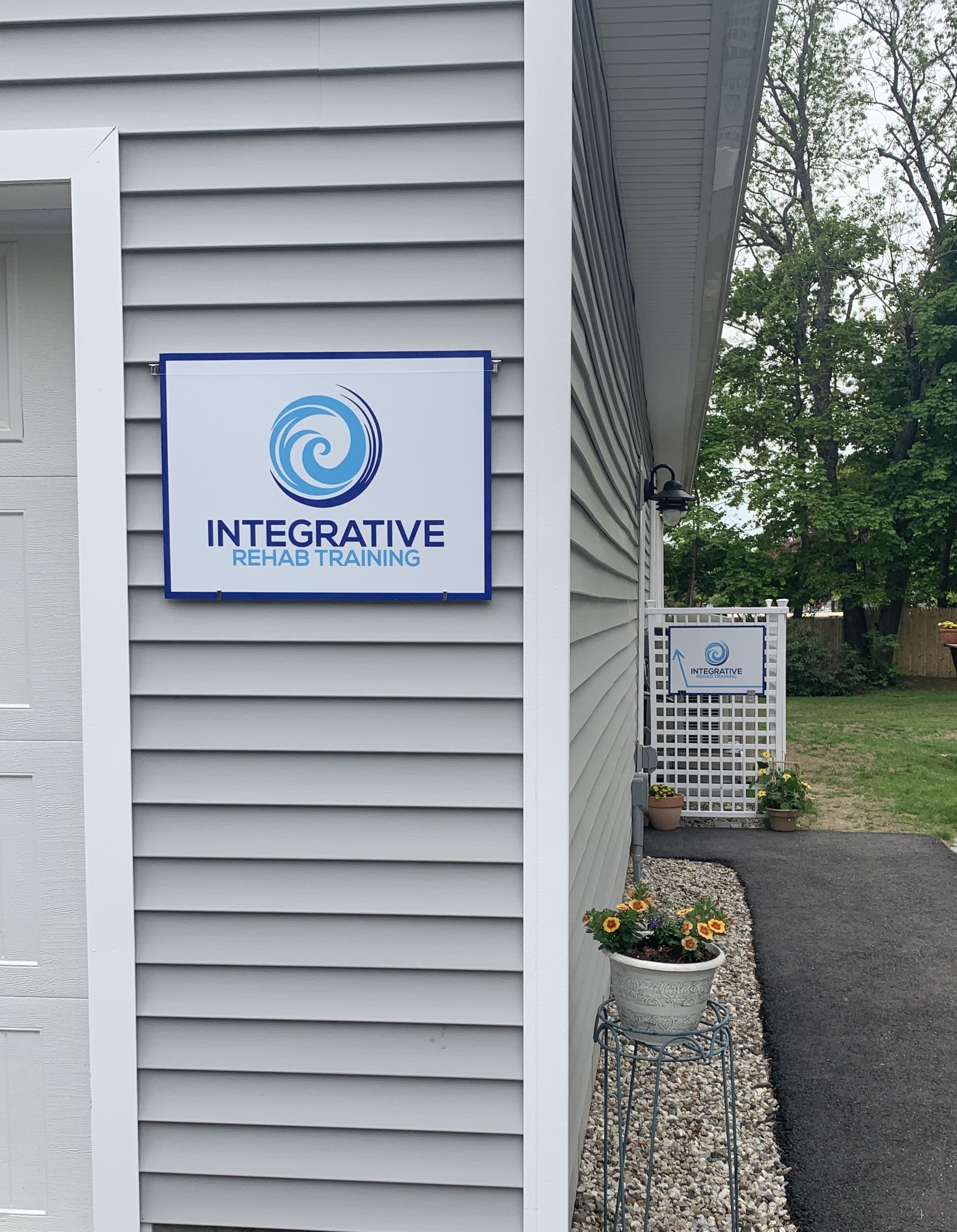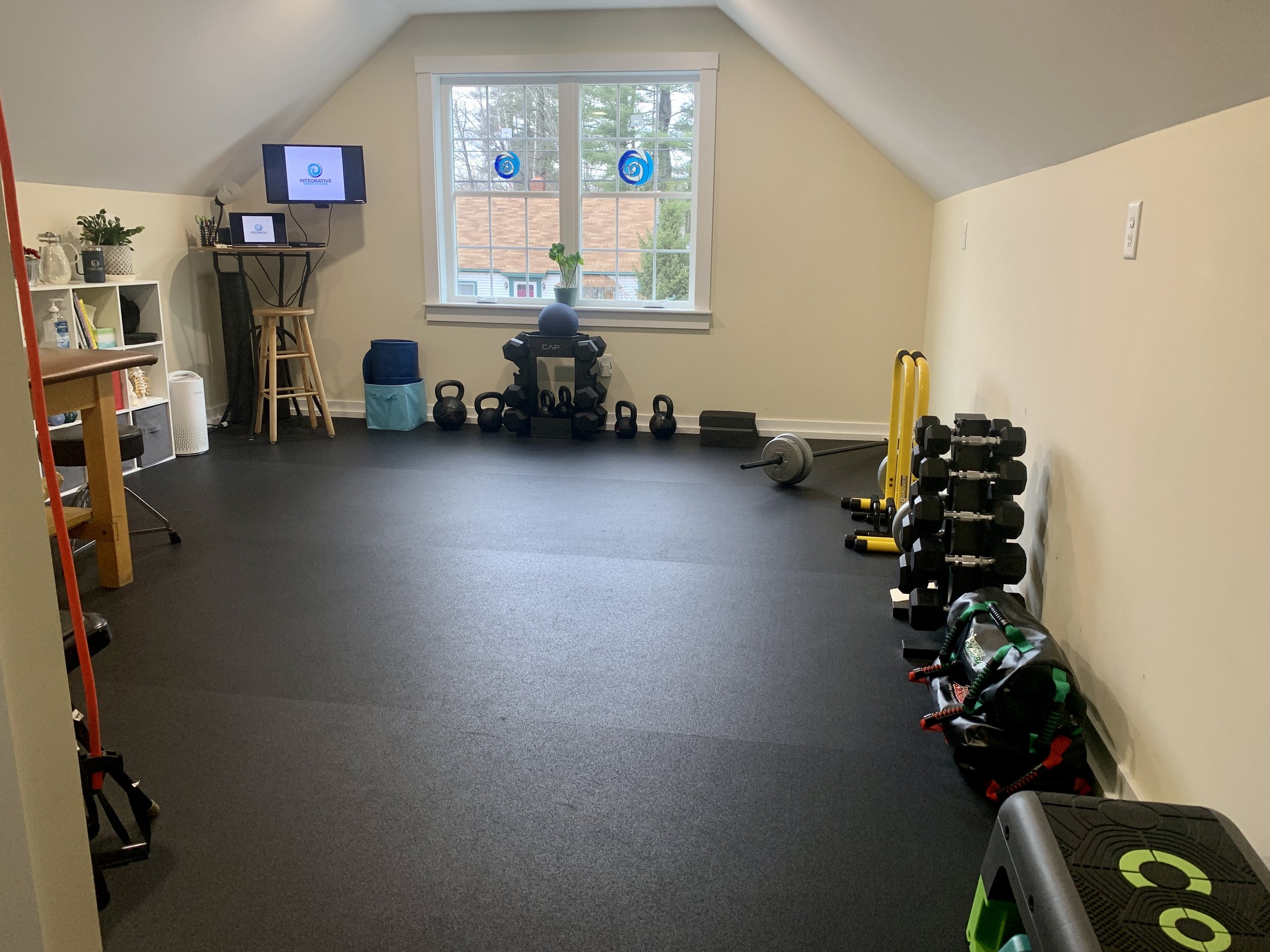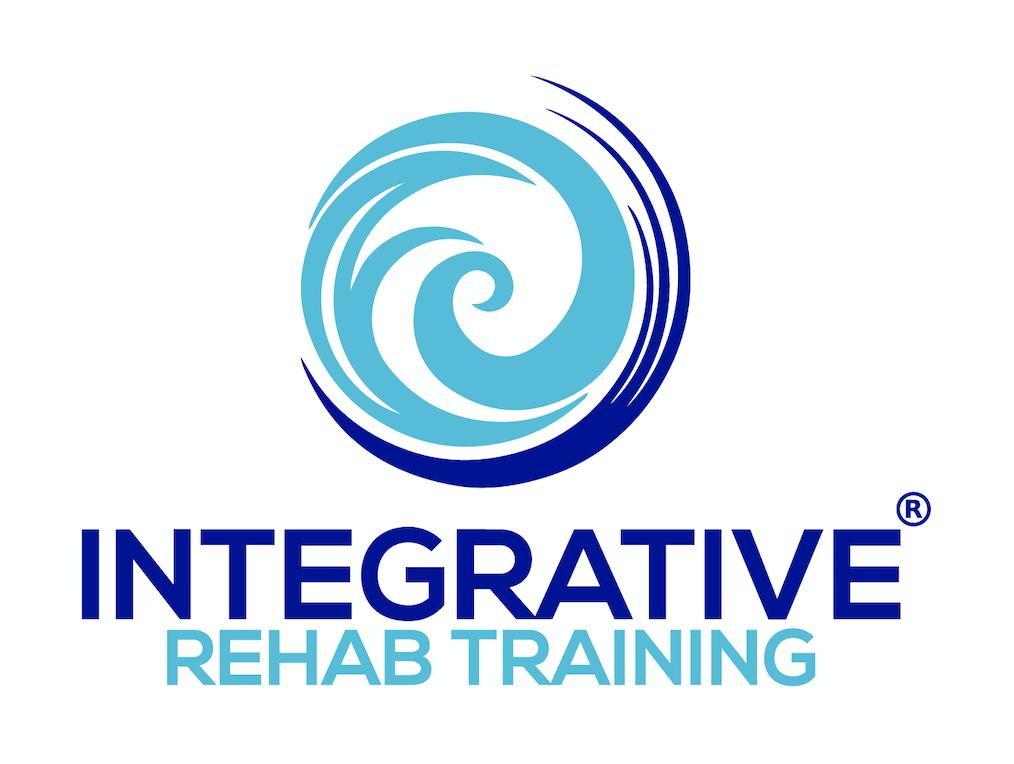Pre-Skiing Performance Training--Part I
With winter fast approaching, many people’s thoughts begin to turn towards snow sports. Activities such as snowshoeing, ice skating, snowboarding, and nordic and downhill skiing are all popular here in Maine. While snowshoeing, nordic skiing and ice skating are activities that also have a fitness benefit, some of the faster sports such as snowboarding, alpine and telemark skiing demand more dynamic strength, balance and trunk control in order for an individual to participate in the most enjoyable and safest way. In order to prepare for these types of sports, it is best to do some preparation to get yourself in top condition. Alpine and telemark skiing, in particular, require a strong base which means incorporating more than just a regular exercise program. Specific exercises, designed in a sequence, should be instituted where progression is gradual and should address the main components of the sport: flexibility and mobility, cardiovascular and core conditioning, strength and balance training, and power and endurance development.
While there are a number of excellent activities that can be incorporated into a program which address each of these components, the following videos are examples of some of the ones which are very ski-specific and are great for adding into the strength and power development phases of training. They can be done independently or are also very effective for group training programs when incorporated into different stations for circuit work. Success with these activities is also dependent on having established the requisite mobility, loading mechanics and a good base of strength beforehand.
This squat sequence, or the Triple Squat Med Ball Touches, is a great ski exercise as it not only works loading into a squat position, but it also simulates getting onto one side with the appropriate pelvis shift as the ball is touched in front of each foot.
[embed]https://vimeo.com/146630672[/embed]
Lateral/frontal plane work is essential in allowing for proper transition into higher level activity and in particular to nail down strength in this plane prior to incorporating too much rotation or transverse plane work. This video demonstrates a lateral lunge with a med ball press. Cues are to drive off the back leg onto the front leg with the front leg eccentrically (bending under load) accepting the weight shift.
[embed]https://vimeo.com/146633097[/embed]
This one utilizes a physioball and describes and demonstrates the mechanics of the downhill ski turn and how to utilize inclination and angulation as part of the training process.
[embed]https://vimeo.com/146624080[/embed]
Here is another physioball exercise activity which also simulates the mechanics of a ski turn with also the ability to focus on edging and trunk position over the "turning" leg. The second activity in this video really works the quads, hamstrings and balance all at the same time.
[embed]https://vimeo.com/146626790[/embed]
This video provides an example of a group class activity which incorporates a number of different components: Ski position holds, single leg loading, response to stimulus, plyometrics, etc. Can also be done individually or with a partner.
[embed]https://vimeo.com/114242271[/embed]
Part II of this series on Pre-Skiing Performance Training will review more higher level plyometric activities which will incorporate jumping, bounding, and ski-specific loading.






